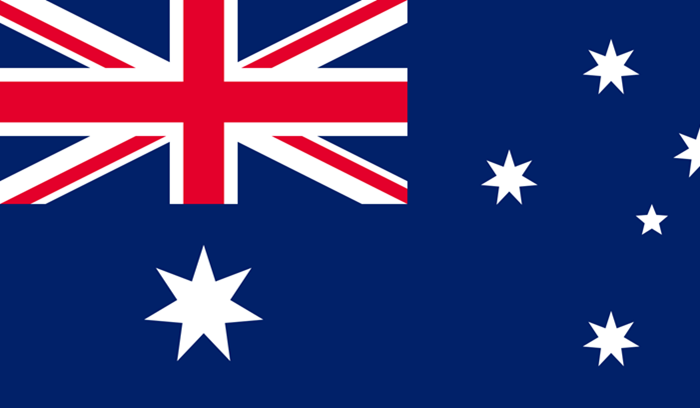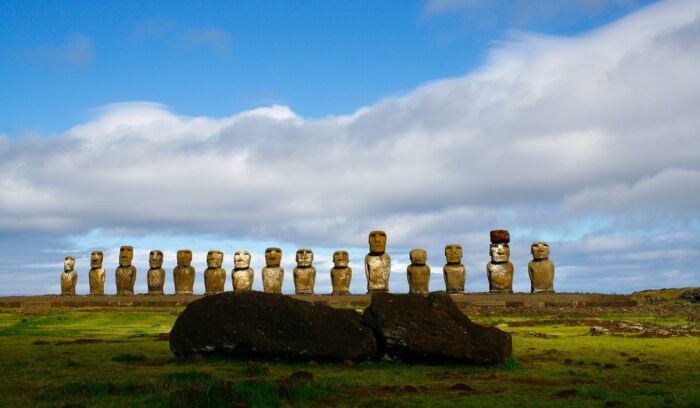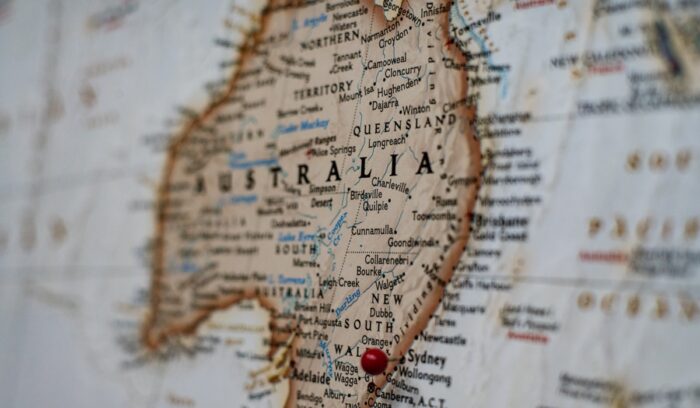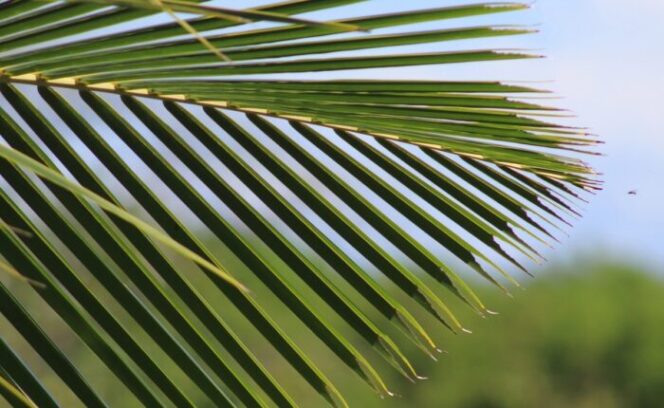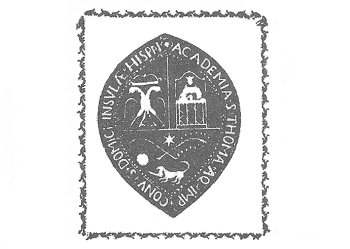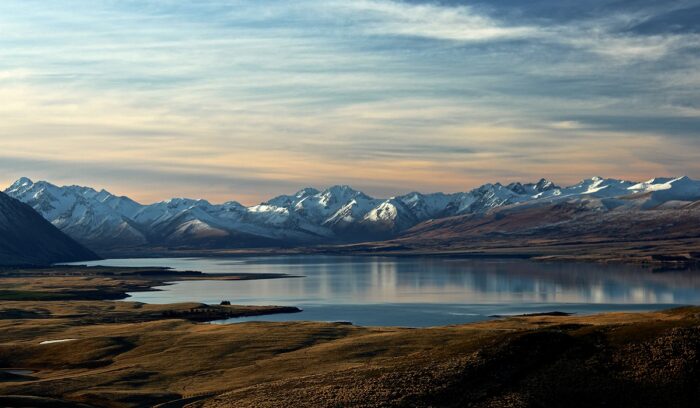The Mau movement pushes for Samoa’s independence
The Mau was a non-violent movement for Samoan independence from colonial rule during the first half of the 20th century. The movement had its beginnings on the island of Savai’i with the Mau a Pule resistance in the early 1900s with widespread support throughout the country by the late 1920s.

